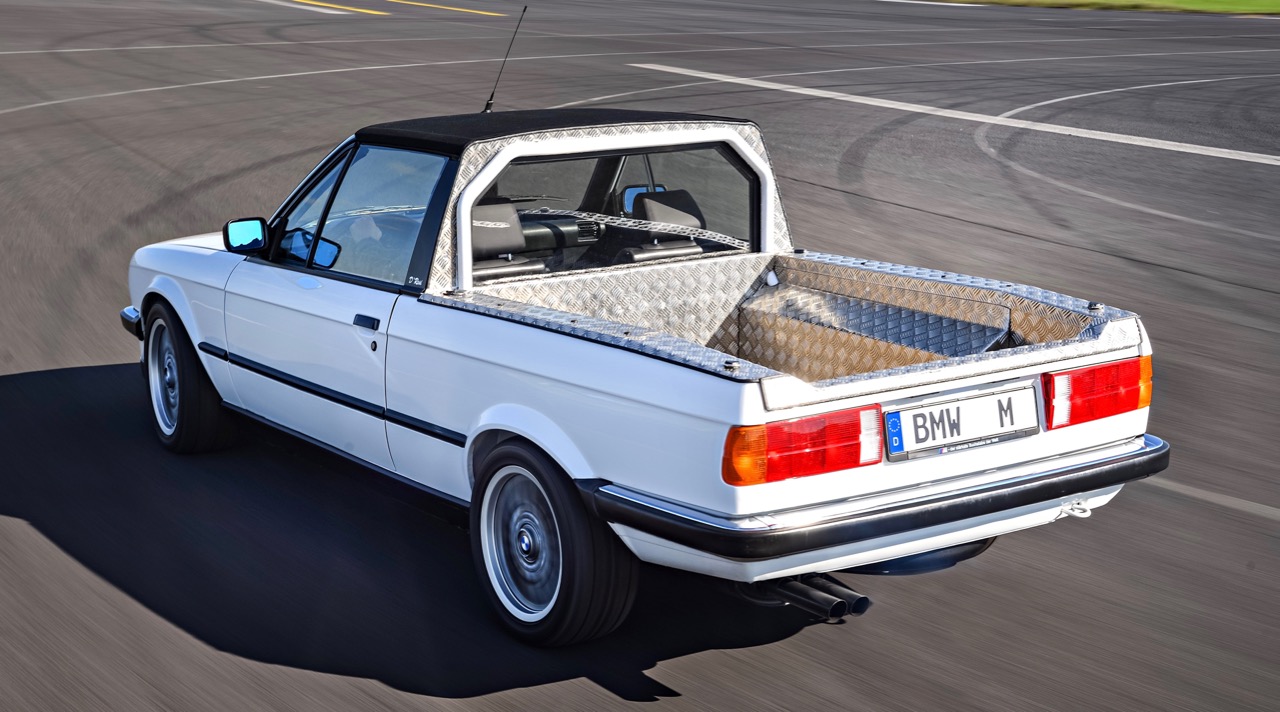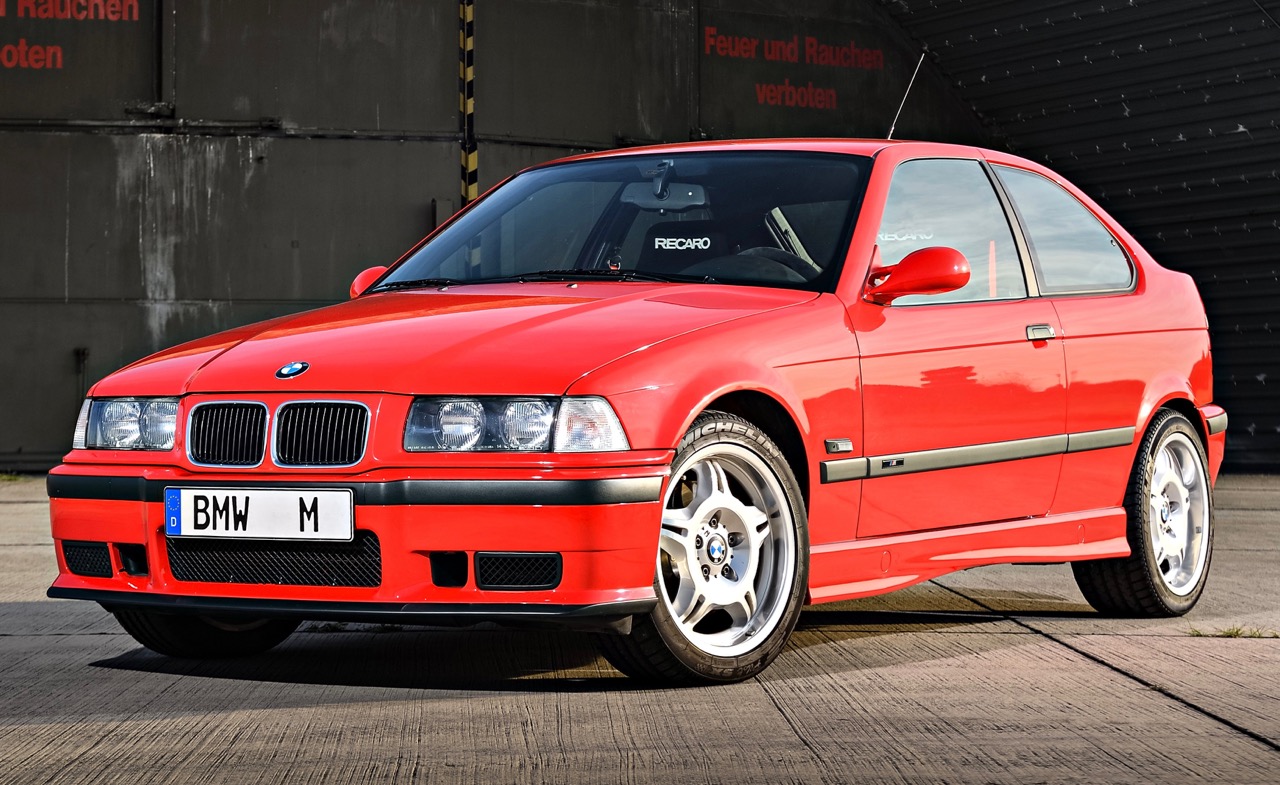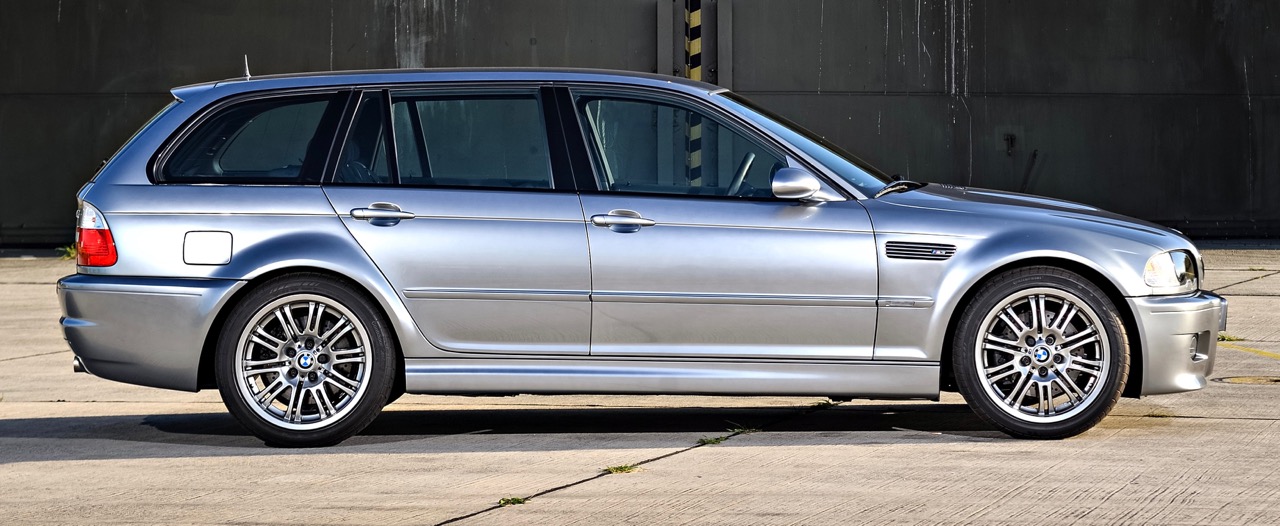
In 1986, something called the Internet Engineer Task Force held its first meeting; plans were announced for a tunnel (the “Chunnel”) beneath the English Channel; the National Football League adopted “instant replay;” Microsoft went public; the local Oprah Winfrey Show went coast-to-coast; Geraldo Rivera opened Al Capone’s vault; “Phantom of the Opera” premiered.
And BMW introduced the M3.

“The very first BMW M3 set a new standard by which other carmakers would be measured — and, five model generations later, are still judged today,” the German automaker said in the news release celebrating the 30th anniversary of the high-performance version of its mid-sized car.
At first, the M3 was tweaked by the BMW Motorsport Division, which would become the M Division. The idea was to apply racing technology to a car that could be used as a daily driver, and to homologate enough for the street to make the car eligible for the touring-car racing series. At least 5,000 units would have to be produced and sold within a 12-month period for the car to compete in the German Touring Car Championship (DTM).
“Over the three decades that have followed, BMW M has gently refined its trailblazing and highly successful creation from one generation to the next, while always taking great care to preserve the original character of the M3,” the company’s news release continued.
“The upshot is that there is arguably still no other car that blends such prominently honed motorsport genes and uncompromised everyday practicality into such an emotionally stirring overall package.”
As part of the car’s 30th anniversary, BMW revealed four M3 versions that didn’t progress past the prototype stages:

- A 1986 M3 Pickup;
- A 1996 M3 Compact;
- A 2000 M3 Touring;
- A 2011 M3 Pickup.
The 1986 Pickup was built to provide a work truck for the BMW M Division in Garching, near Munich. The team started with a 3 Series convertible.
“The convertible body shell was chosen as the basis for two reasons,” said Jakob Polschak, a 40-year BMW employee and head of vehicle prototype building and workshops at the M Division. “Firstly, we happened to have such a model at our disposal and in perfect condition. And secondly, the convertible’s built-in bracing made it the ideal choice for a pickup conversion.”
Polschak said the truck was used by the M Division for 26 years and wasn’t retired until just four years ago.
The long service, he said, showed that this wasn’t just a show car but an optimized vehicle that fulfilled not only its workhorse role but another important function.

“Our apprentices, graduate trainees and placement students assisted in the construction of all of these prototypes,” Polschak said. “This allowed them to gain invaluable hands-on experience at the same time as freeing up resources for us – a classic win-win situation.”
The 1996 M3 Compact was created as a potential M3 for younger buyers. The car’s weight was reduced by 330 pounds and a 321 horsepower M3 engine was fitted beneath the hood.
“To a certain extent, the M3 Compact can be regarded as the forefather of today’s BMW M2,” Polschak said.

Like the M3 Compact, the M3 Touring prototype was built for evaluation for potential series production. But while the M3 Compact was offered to journalists for test drives, the M3 Touring was kept in-house.
“This prototype allowed us to show that, from a purely technical standpoint at least, it was possible to integrate an M3 Touring into the ongoing production of the standard BMW 3 Series Touring with very little difficulty,” Polschak said. “One important thing we needed to demonstrate was that the rear doors of the standard production model could be reworked to adapt them to the (enlarged) rear wheel arches without the need for new and expensive tools.”

The second M3 Pickup was built as the original version showed signs of wear after more than two decades. Again, a convertible body was the starting point.
“The conversion work had initially proceeded in the usual, largely unspectacular manner during the spring of 2011. But then someone came up with the idea of marketing the vehicle as an April Fools’ joke, as April 1 was just around the corner,” Polschak recalled.
Spy shots of calibration runs on the Nürburgring’s Nordschleife circuit were released to fuel speculation about a production model. An official press release was published April 1, 2011 proclaiming that the Pickup would join the M3 Coupe, Convertible and Sedan.
The April Fool’s Day release reported a 420 horsepower engine under the hood and a payload capacity of half-a-ton of payload in the pickup bed. It also claimed that the coefficient of drag was only slightly higher than that of the M3 Coupe, that the truck was 110 pounds lighter than the M3 Convertible, and that the targa roof could be removed to lower the center of gravity and enhance dynamic capabilities.
It wasn’t until the final paragraph that the release noted that the Pickup was a one-off prototype that would be used as a workshop workhorse.

But while the four prototypes were just that, one-offs, the 1986 M3 was only the first for a series of generations of high-performance vehicles.
“Having the chance to develop the production and race versions of the car alongside one another presented the development team with a tremendous opportunity,” BMW said in its anniversary news release.
Axle kinematics, suspension and shocks were tailored to racing, as was a braking system that linked the standard anti-lock technology with inner-vented front discs and a high-pressure pump. Even the transmission shift pattern was altered with first gear at the bottom left position.
To save weight for racing, front and rear bumpers were made from plastic, as were the side skirts, trunk lid and rear spoiler. Even the C pillar was altered for a shallower angle so airflow could be directed more smoothly to the spoiler.
The 3 Series’ 2.0-liter four-cylinder engine was enlarged to 2.3 liters and topped with four-valve heads like those on the BMW M1. The crankshaft was changed to handle as many as 10,000 rpm. The engine provided 200 horsepower, powering the 2,645-pound car to 62 mph in 6.7 seconds en route to a top speed of 146 mph.
Two years later, the Evo version, capable of 151 mph, was introduced. In 1990, 600 units of the M3 Sport Evolution followed, its 2.5-liter engine pumping out 238 horsepower.
The second-generation M3, unveiled in 1992, was developed primarily for road use. It had a 286-horsepower, 3.0-liter six-cylinder engine with a new camshaft control system — VANOS. The car set standards for output per liter (97 horsepower) and specific torque by a naturally aspirated engine (80 pound-feet per liter).
The M3 was facelifted in the mid-’90s and got an enlarged 321-horsepower engine with Double-VANOS technology (controlling both intake and exhaust valves). In 1996, the M3 was the first production car to offer an SMG automated manual gearbox.
The third-generation M3 debuted in 2000 with an aluminum hood, fender flares, four tailpipes as part of a dual-flow exhaust system and a new six-cylinder engine with 343 horsepower and 269 pound-feet of torque.
The fourth-gen car launched in 2007 with a 420-horsepower V8, carbon-reinforced plastic roof and front axle made primarily of aluminum alloy.
The fifth and current version debuted in 2014, though only the sedan carries the M3 badge while the coupe and convertible have M4 insignia in keeping with BMW’s revised vehicle nomenclature. The cars have TwinPower Turbo technology on their straight-six engines, which is boosted to 431 horsepower.
Recently, BMW released a 500-unit, 450-horsepower special-edition “30 Jahre” M3 in Macao Blue metallic paint, the same color as the original wore 30 years earlier.





